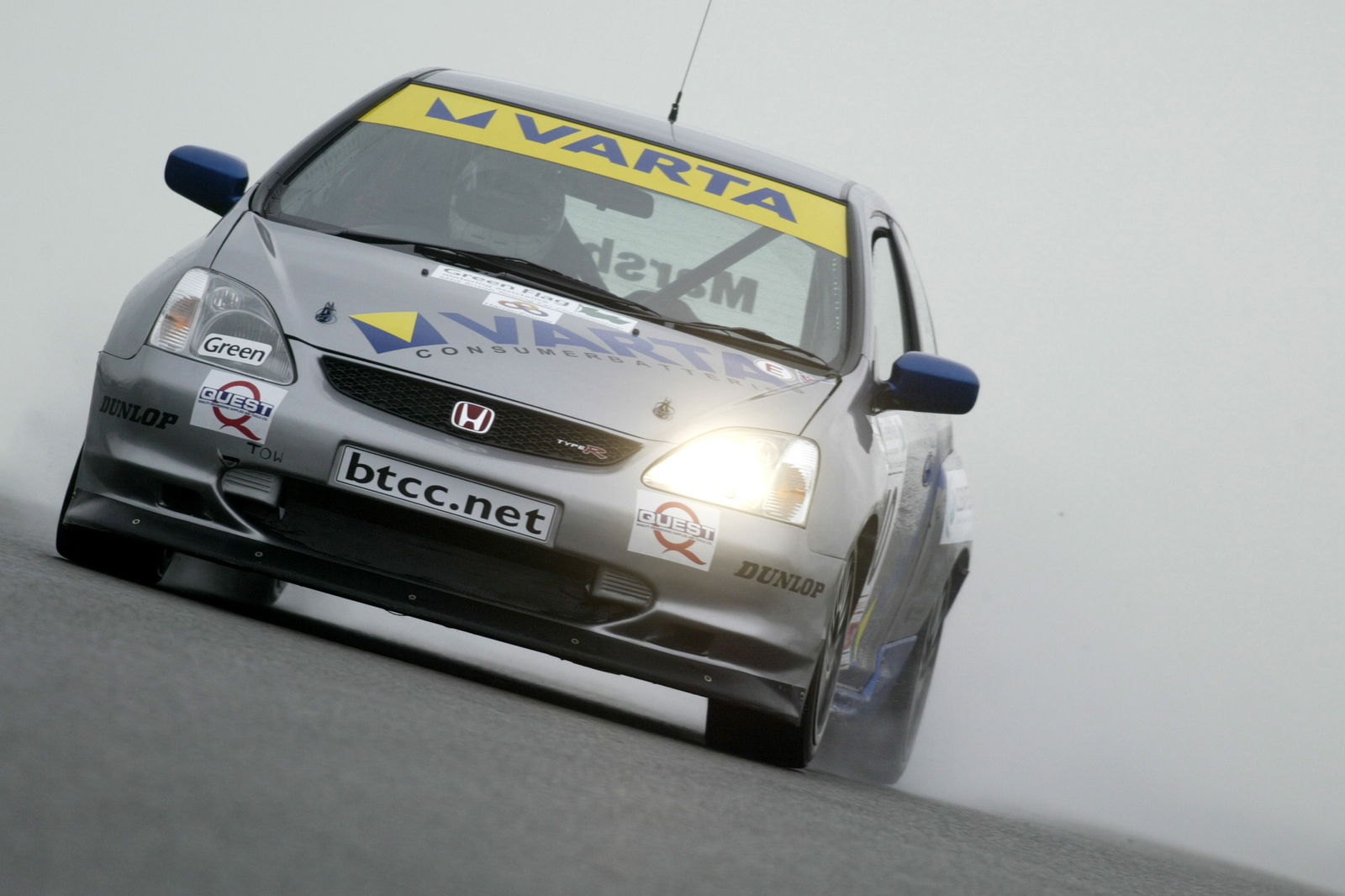New sporting regulations announced for 2005.
Revisions to the 2005 British Touring Car Championship's sporting regulations have been decided which series organisers hope will lead to even better season of racing next year.

Revisions to the 2005 British Touring Car Championship's sporting regulations have been decided which series organisers hope will lead to even better season of racing next year.
Having witnessed the dramatic end to the 2004 season at Donington Park, series director Alan Gow admitted to Crash.net that he didn't know how it would be possible to improve the series after one of the best seasons of racing in recent memory but, after meeting with manufacturers and team principals, Gow has now unveiled new regulations which should lead to closer competition, improved driver discipline, new models of cars on the grid and greater enjoyment for fans.
Top Ten Reversed Grid Rule:
In 2005, race three's starting grid will be determined by race two's finishing order, but with the top ten positions reversed, a change to 2004, when this rule had applied to the grid for race two based on the finishing order of race one.
Gow believes this will not only increase the spectacle for fans, it will also help teams - given that race two this season has been a rough affair as cars try to fight through the field.
"This change will reduce the opportunity for teams to strategically place themselves on the grid for both the second and third races," he said. "By moving the reversed grid to the third race, it will intensify the degree of racing.
"Also, the majority of car damage tends to occur during the reversed grid race and in 2004 compromised the teams' ability to prepare for race three. This revision will shift the likelihood of those scrapes or accidents to race three, giving teams then at least two weeks to fix any damage."
Success Ballast:
In 2005, the cars of the championship's top five drivers will go into each race meeting's practice and qualifying sessions and first race carrying a Championship Ballast. The Championship Ballast weights are on the same scale as the Success Ballast weights used during the race meeting.
Success Ballast will then be carried in race two by the top five finishers from race one and in race three by the top five finishers from race two respectively - meaning that the only ballast that will be carried over into the next meeting will be that determined by the current top five championship positions.
In addition, removal of 'negative' ballast for finishing outside the top five in races has been dropped, thus simplifying the weights system.
"This makes the ballast individual to that particular meeting," Gow said "and, allied to getting rid of 'negative ballast', makes it easier to understand. I also believe it will improve the racing."
Tyres:
Each driver will be limited to 16 new slick Dunlop tyres on a race weekend - a reduction of 20 per cent. As before, there will be no limit on treaded, wet weather tyres.
"This will save the teams money," Gow explained. "Besides, with the format we have the drivers actually don't need to have 20 tyres on a race weekend."
Testing:
All teams, both official manufacturer and Independent squads, will be permitted up to four days' testing during the season. Before, testing was restricted to Independents, new teams and entrants using new models of car. These tests can only take place during general test days and on circuits where the BTCC has not raced that season.
Driving Standards:
Drivers receiving a penalty/licence endorsement from the BTCC Clerk of the Course for an incident involving on-track driver behaviour will automatically be relegated six places on the starting grid for the next race.
Driver Parades:
The popular driver parade will make a comeback in 2005, with drivers circling the track on the mobile podium vehicle (timetable permitting.)
Gow believes it is another way for the series to interact with the fans.
"Crowd numbers at BTCC race meetings are big enough to warrant a return to driver parades," he said. "On top of our pit lane walkabouts and open paddocks, this adds to the interaction between drivers and the crowds - something that has always been one of the BTCC's great strengths."
Homologation of FIA 'Super 2000' Cars:
The final change in the sporting regulations will make it easier for teams to race in the BTCC with cars built to the World Touring Car Championship's FIA S2000 rules. In 2005, teams will be permitted to build their own cars and enter them for the championship if they do not have FIA homologation. Instead, the BTCC will grant the cars 'local homologation', provided they meet all current S2000 requirements.
"As pointed out previously, our sporting regulations have already proved hugely successful so were only ever likely to undergo a few minor tweaks. I am very pleased with these revisions," Gow said.
"I'm also pleased with the very positive attitude of the BTCC teams. By embracing these revisions they have demonstrated a clear understanding of how important it is to work together for the good of the championship and its future and to deliver the best sporting spectacle to our millions of fans and viewers."
